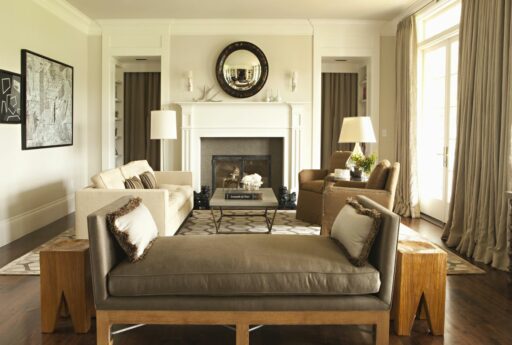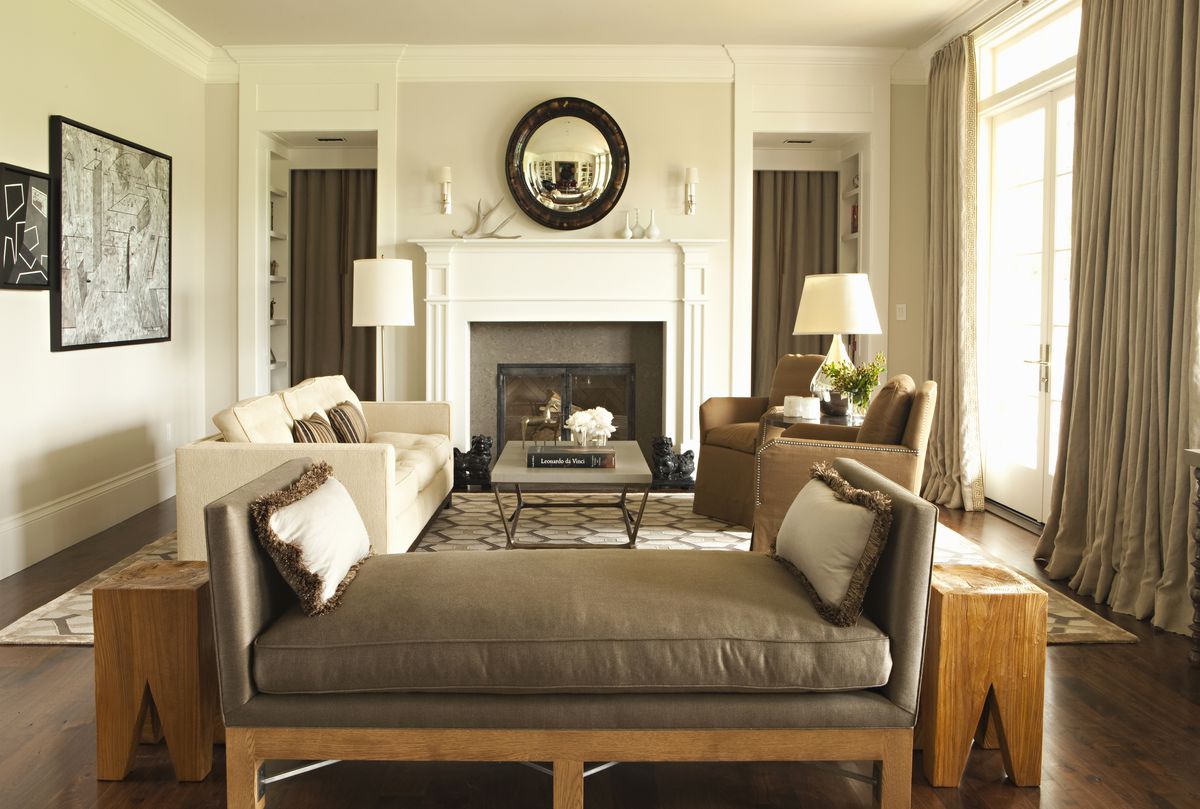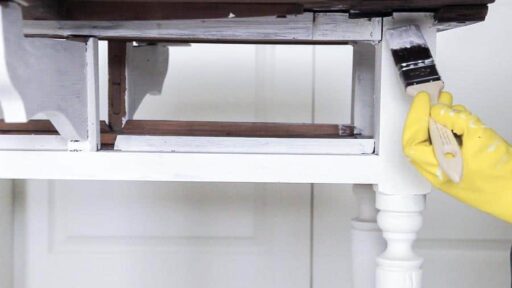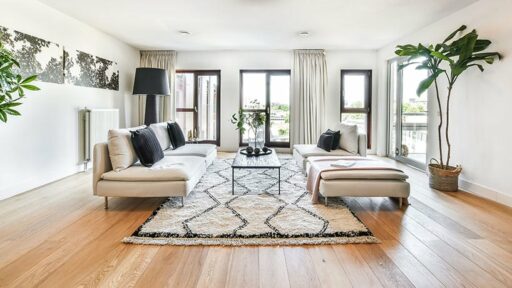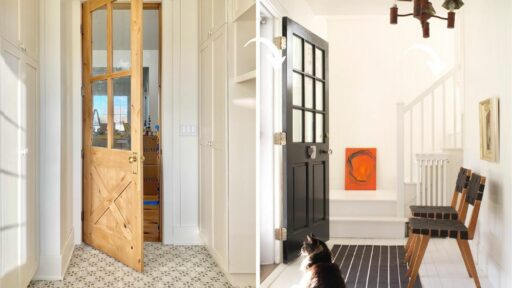If you are thinking of painting your room to make it look attractive, we have many choices available here. Whether you’re a decorating expert or just getting started, understanding LRV is very important when you’re picking the perfect paint color.
Here, we’ll make it easy for everyone to understand how much light an LRV paint color reflects and how it can have a big impact on the mood of a room.
Picking the right paint color isn’t just about what you like. It also affects how the room feels, how big it seems, and even how much energy your home uses. Whether you want a pleasant, well-lit bedroom or a bright, inviting kitchen, LRV is the best for you.
We’ll guide you through the basics of LRV, explain how it connects to paint colors, and why it matters. Find out paint colors and LRV with us and convert your living spaces like a pro!
What is LRV?

Light Reflectance Value, or LRV for short, is a vital number in the paint and interior designing world. It tells us how bright or dark a paint color seems simply.
Think of it on a scale from 0 to 100. At 0, the color is as dark as it gets, like pitch black, because it swallows up all the light. On the other hand, at 100, it’s super bright, like pure white, because it reflects all the light.
So, if a color has a high LRV number, it looks bright, and if it has a low number, it seems dark. For example, a color with an LRV of 10 will be much darker in a room than one with an LRV of 70.
Why is LRV Important for Paint Colors?
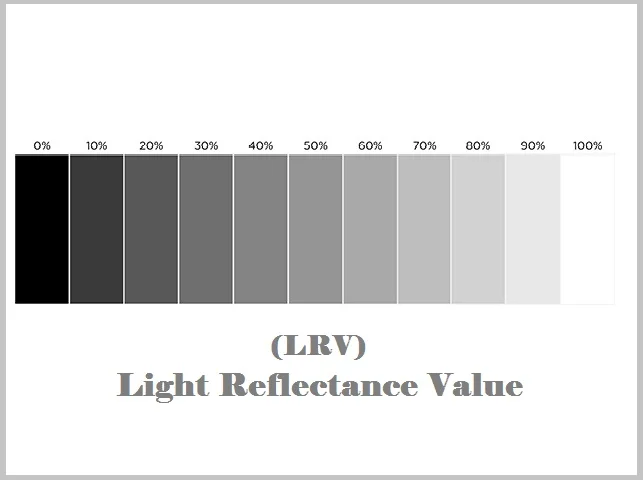
Understanding LRV is important when choosing paint colors for your home or any space. Here are some key reasons why LRV matters.
- Lighting Effects: Light Reflectance Value is a handy tool for figuring out how a color will appear in various lighting situations. Think of a color that looks lively and happy in regular daylight. Well, it could turn into a bit of a low when you switch to low-LRV artificial lighting.
- Room Size: LRV can affect the size of a room. Lighter colors with higher LRV paint tend to make a space look larger and more open. In comparison, darker colors with lower LRV can make a room feel cozier when it’s smaller.
- Coordination: When you’re planning a room’s design, it’s important to think about how bright or dark the paint colors are compared to things like furniture, flooring, and decorations like rugs and sofas. If you choose colors with similar brightness levels, it can make the room look balanced and pleasing.
- Personal Preferences: In simple terms, LRV is like a compass for picking paint colors that match what you like and the mood you want in your room. Whether you want your room to feel bright and open, LRV paint helps you find the ideal paint color.
Light Reflectance Value Chart
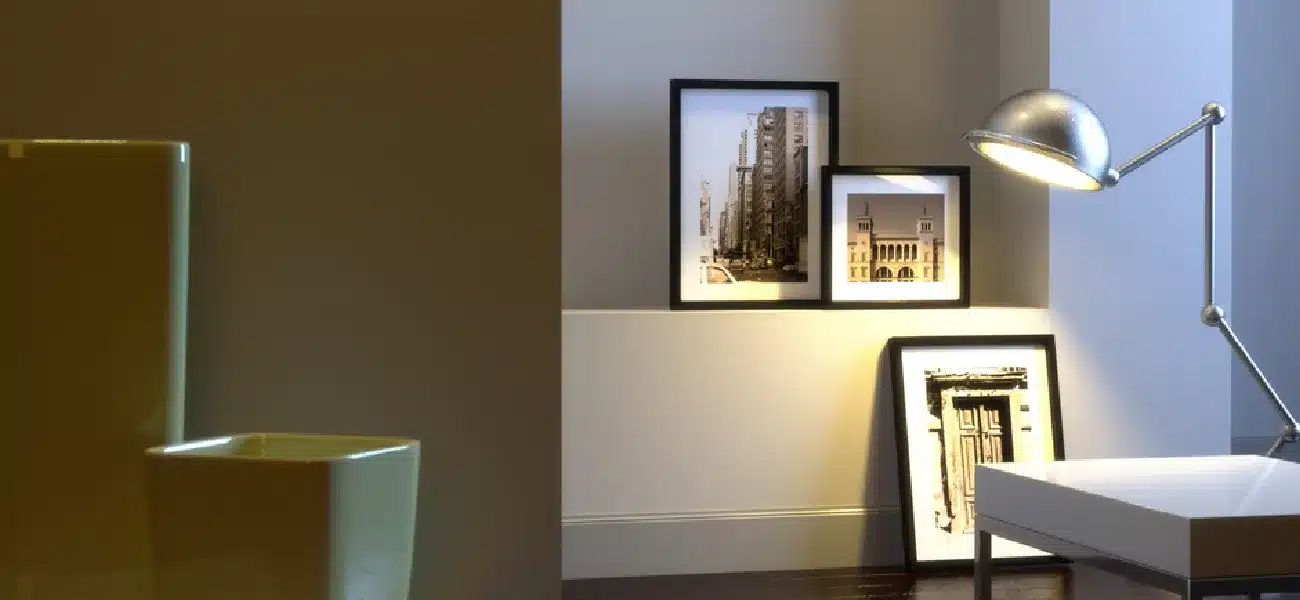
A Light Reflectance Value chart is a useful tool for interior design and home improvement. It helps people like homeowners, designers, and painters pick the right paint colors for their rooms. LRV is a number that shows how much light a color reflects or absorbs. Knowing LRV paint can change how a room looks and feels.
How Light Reflectance Values Affect Color Appearance

Picking the right paint colors for your home or any space is essential, and one key thing to consider is Light Reflectance Values.
LRV is a number that tells you how much light a color reflects and affects how that color looks in your space. This guide will explain how LRV paint influences color appearance and give you tips for choosing paint colors.
1. Paint Colors with a Low LRV
Paint colors with a low LRV, usually under 5, absorb more light and look darker. These colors work great when you want to make a room feel snug and homey. However, it’s crucial to use them in well-lit rooms to avoid making them feel too heavy.
Low LRV paint, like rich browns, deep grays, or dark blues, is often chosen to make highlights in rooms or to give more dimension to things like moldings.
2. Paint Colors With LRV 5-15
Colors with a Light Reflectance Value between 5 and 15 are somewhat dark but give you more options than super dark ones. People usually use them as accent colors to make a room look more interesting.
Examples of these colors include deep greens, rich burgundies, and warm chocolate browns. Remember, in places with not-so-great lighting, these colors might seem even darker, so make sure to have good lighting.
3. Paint Colors With LRV 15-25
LRV values in the 15-25 range stand for middle-of-the-road shades that find a nice middle ground between light and dark. These colors work well in many places and can make a space feel inviting without being overly dark or super bright.
You’ll often find gentle blues, cheerful grays, and fine greens in this range, which make them perfect for bedrooms, living rooms, and kitchens.
4. Paint Colors With LRV 25-50
Paint colors with LRV between 25 and 50 are seen as light and bright. These colors bounce back lots of light, making rooms feel open and airy. They work well in small spaces, making them seem bigger, and are excellent for rooms with little natural light. Some popular choices are soft yellows, gentle blues, and fine pinks.
5. Paint Colors With LRV 50-60
Colors with a Light Reflectance Value between 50 and 60 are known as mid-tones. These LRV paint colors are right in the middle between light and dark, which makes them great for different rooms.
They don’t absorb too much light or bounce too much back, so they give off a moderate amount of brightness. Mid-tone paints include gentle pastels, muted earthy shades, and some lighter grays.
Using mid-tone colors in your home can make it feel warm and inviting. They’re perfect for living rooms, bedrooms, and dining spaces, providing a pleasant background for your furniture and decorations.
6. Paint Colors With LRV 60-75
In the range of LRV 60-75, you’ll find lighter shades that reflect more light. These colors can make a room seem bigger and more open. Such colors include soft pastels, light blues, gentle greens, and warm beiges.
These paint colors work well in small rooms or places with not much natural light because they help spread and increase the light, making the space look brighter. However, be careful when using these colors in very sunny rooms, as they might seem too bright in direct sunlight.
7. Paint Colors with LRV 75-82
LRV values between 75 and 82 mean you’ve got super light and vibrant colors. These LRV paint colors are great for making spaces feel open and happy. Think of crisp whites, soft creams, and the lightest pastels, and they’re all in this group.
Using these colors can make tiny rooms seem bigger and friendlier. They’re perfect for places where you want lots of natural light. But be careful because super light colors can sometimes look too sharp and cold. To fix that, you can add little touches like gentle accents or interesting textures to make it all feel just right.
8. Paint Colors With LRV 80+
Colors with LRV values of 80 or higher are very light and reflective. This group includes pure whites and the palest neutrals. These LRV paint colors work great for achieving a simple and clean look, which is often seen in modern designs. They make spaces feel open. But keep in mind that keeping these colors clean can be tough, as they tend to show dirt more easily.
How Color Pros Use LRV for Paint Colors

Color professionals depend on LRV paint colors. LRV is a number that tells us how light or dark a paint color looks in a room. This is important for both inside and outside design because it helps create the mood and effect we want. Let’s find out how color experts use LRV to pick the right paint colors.
1. Understanding LRV
Color professionals begin by understanding the Light Reflectance Value, which goes from 0 to 100. An LRV of 0 means the color is pitch-black, and an LRV of 100 means it’s pure white. Knowing this scale helps you choose the perfect colors to create the environment you want.
2. Balancing Light and Dark
Light Reflectance Value is a useful tool for color experts to find the right balance of light and dark in a room. If a room gets lots of natural light, you can use darker colors with lower LRV to make it feel cheerful. On the other hand, rooms with less natural light should go for lighter colors with higher LRV paint to make them seem brighter and more spacious.
3. Contrast and Accents
Color experts rely on Light Reflectance Value to find a great balance of light and dark in a room’s design. They choose colors with different LRV paint to make certain parts of space stand out and look attractive, like highlighting special architectural details.
4. Creating Atmosphere
Light Reflectance Value is crucial for creating the right atmosphere in a room. Experts understand that colors with high LRV make a space feel open and fresh, while low-LRV colors make it familiar. They use this knowledge to pick the perfect colors that match the mood they want to create.
Factors that Affect LRVs
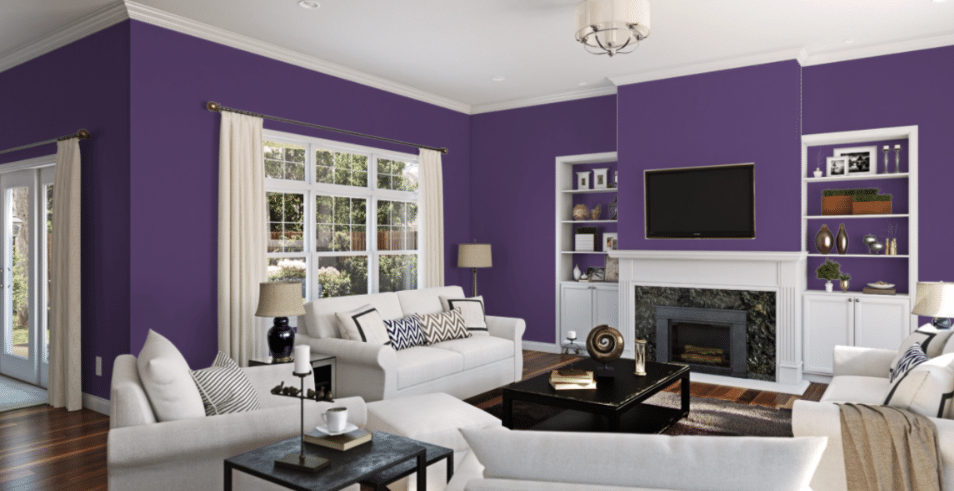
Several factors influence the LRV of paint color, making it essential for color pros to consider these variables when making selections:
- Sheen Level: The shininess of a paint affects its LRV. Matte paints look less shiny and have lower LRVs, giving a nice appearance. Glossy paints are shinier and have higher LRVs, making them reflect more light and appear brighter.
- Base Color: The color you start with when making paint affects something called Light Reflectance Value. If you use different starting colors, the LRV paint can change. So, it’s important to check the LRV numbers that paint makers give you.
- Light Sources: The way light shines in a room can change how we see paint colors. Experts who work with colors think about both sunlight and artificial lights to make sure the paint looks right in different kinds of lighting.
Conclusion
Understanding paint colors and Light Reflectance Value is essential when choosing the right paint for your space. LRV tells you how much light a color reflects, affecting how bright a room feels.
High-LRV paint makes a room open and airy, while low-LRV ones give comfort but might need more lighting. Think about your space’s mood and purpose when picking colors. Remember, it’s not just about the color you like, it’s also about how it looks with your room’s lighting.
Think of your style, furniture, and decor when choosing paint colors. It’s your space, so make it feel right for you. We have covered LRV basics and their importance in selecting paint colors. With this knowledge, you can confidently choose the perfect paint color that suits your needs and preferences.
So go ahead, pick your paint wisely, and create a beautiful environment for yourself and your loved ones.
Frequently Asked Questions
How is LRV Calculated for Paint Colors?
LRV is calculated on a scale from 0 to 100, with 0 being absolute black and 100 being pure white. Paint manufacturers provide LRV values for their colors, making it easier for consumers to understand how light or dark a color is.
How Can I Use LRV when Selecting Paint Colors for My Home?
You can use LRV to choose paint colors that suit your lighting conditions and desired mood. Higher LRV values indicate lighter colors that reflect more light, making them suitable for small or dimly lit spaces. Lower LRV values are better for larger, well-lit areas.
What Are Some Common Mistakes People Make When Choosing Paint Colors?
One common mistake is selecting a paint color solely based on how it looks in a paint sample or on a color card. This can lead to unexpected results when the paint is applied in your specific lighting conditions. Ignoring LRV can also result in spaces that feel too dark or too bright.
Can LRV Values Help Me Create a Color Scheme for My Home?
Yes, LRV values can be a valuable tool for creating a combined color scheme. You can choose colors with similar LRV values for a balanced and coordinated look or use varying LRVs to create contrast and interest.

